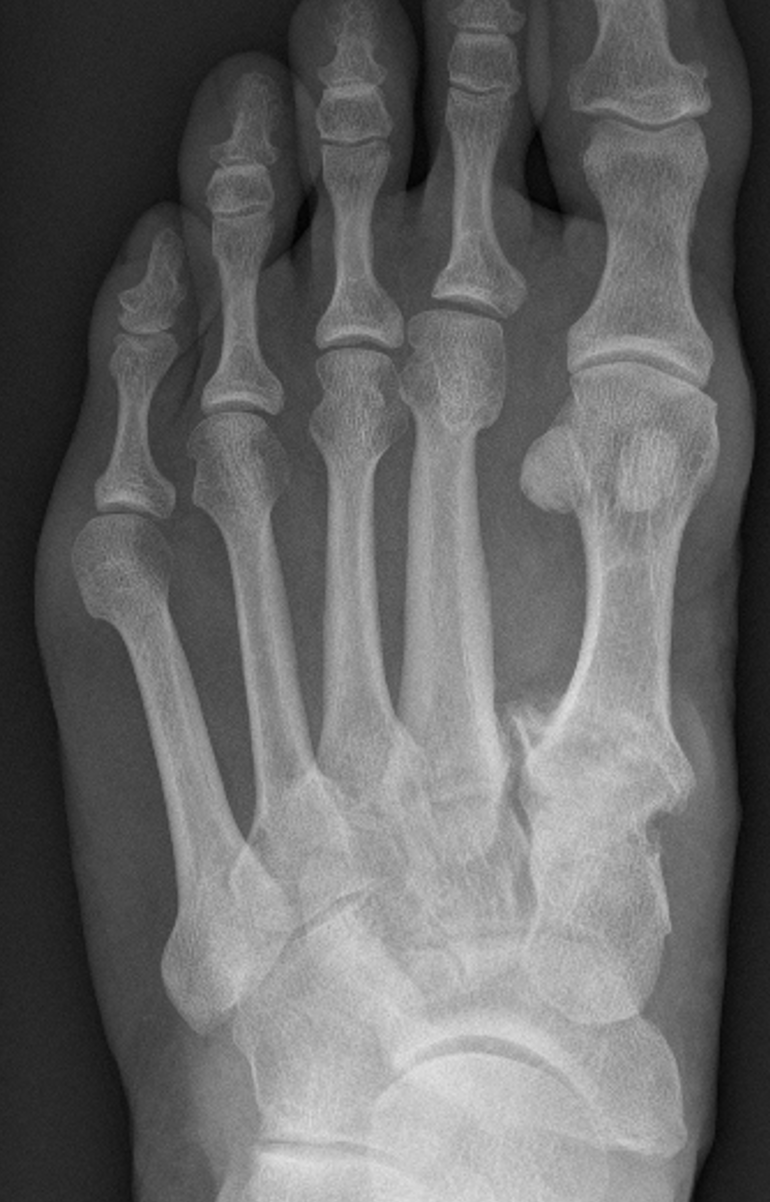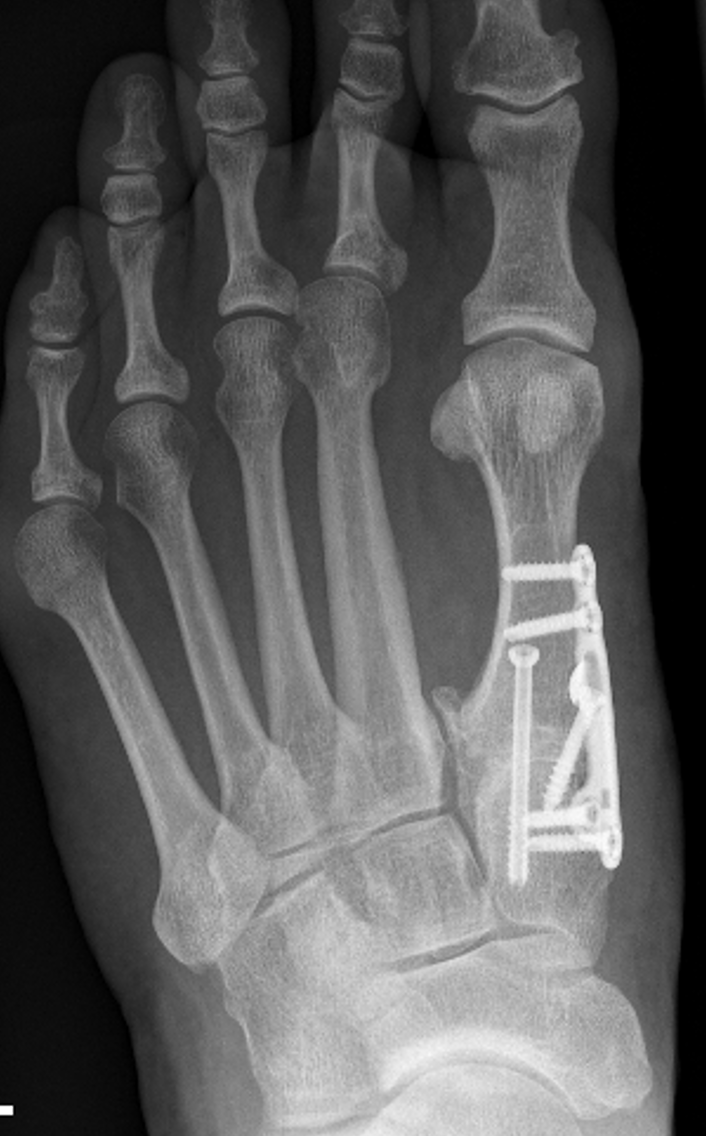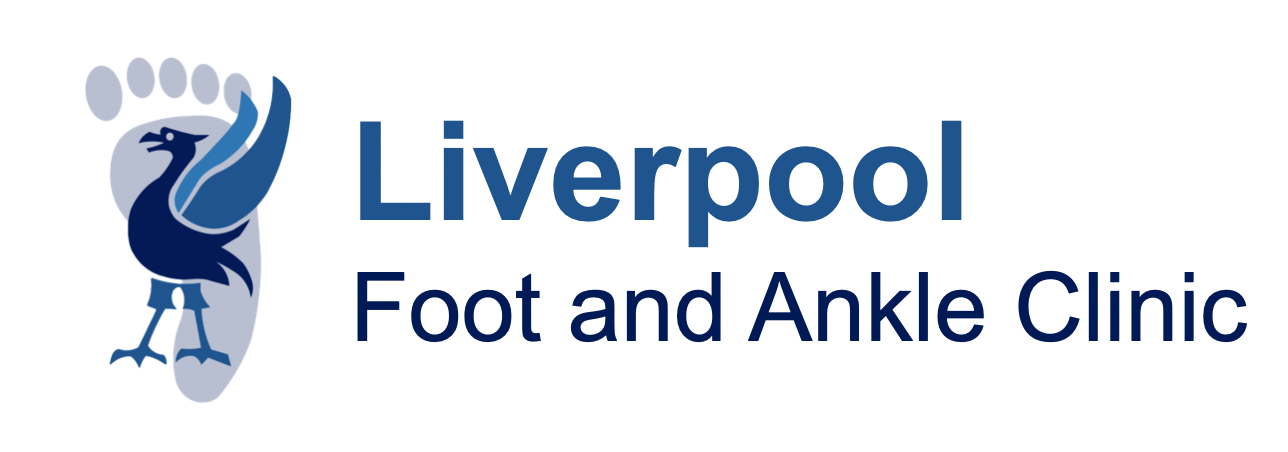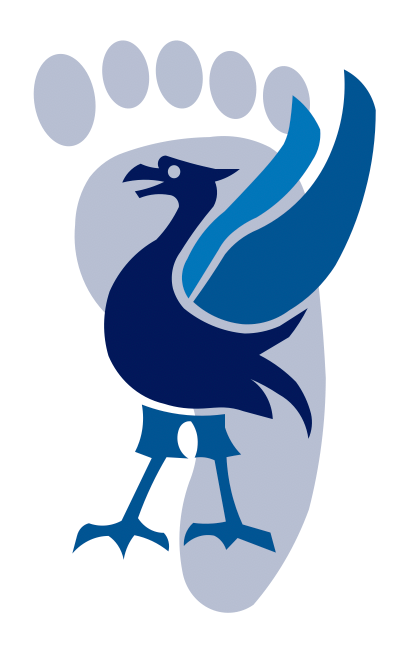
Prof Mason
Liverpool Foot and Ankle Clinic
To book an appointment, either email or phone the number below or click the link.
E-mail: CVDWclerical@outlook.com
Contact Patient Liaison: 07717580737
Midfoot Arthritis
Midfoot arthritis refers to the degeneration or inflammation of the joints in the middle part of the foot, specifically the tarsometatarsal (TMT) joints, which connect the forefoot and the hindfoot. These joints play a key role in maintaining the stability of the arch and in the distribution of weight while walking or standing.
What are the causes of midfoot arthritis?
Common causes of Midfoot Arthritis:
- Osteoarthritis (OA): The most common cause, where the cartilage in the joints wears down over time due to aging, repetitive stress, or overuse.
- Post-traumatic arthritis: Results from injuries such as fractures or dislocations of the midfoot (sometimes called Lisfranc injury), which can lead to joint damage and arthritis even after the injury heals.
- Inflammatory arthritis: Conditions like rheumatoid arthritis can cause inflammation in the midfoot joints.
- Foot deformity: Like low or high arches, can place excess stress on the midfoot joints, leading to arthritis over time.
Symptoms
- Pain: Often located in the middle of the foot, particularly during walking, standing, or certain activities.
- Swelling: Around the midfoot area, which may worsen with activity.
- Stiffness: Reduced flexibility in the foot joints, making it harder to move the foot properly.
- Changes in foot shape: Progressive arthritis can lead to deformities, such as the collapse of the arch (flatfoot).
- Difficulty with weight-bearing activities: Standing or walking may become painful, especially on uneven surfaces.
-

What are the treatments for midfoot arthritis?
Treatment for midfoot arthritis aims to relieve pain, improve foot function, and slow the progression of the disease. Depending on the severity of the condition, treatment options can be non-surgical or surgical.
Non-Surgical Treatments
- Medications:
- Nonsteroidal Anti-Inflammatory Drugs (NSAIDs): To reduce pain and inflammation.
- Analgesics: Pain relievers that don't necessarily reduce inflammation, such as paracetamol.
- Footwear Modifications:
- Stiff-Soled Shoes: Reduces the bending motion at the midfoot and can therefore reduce pain associated with movement.
- Shoes which do not press on top of foot can cause relief from pressure over the inflamed joints.
- Orthotics:
- Custom Insoles: Can accommodate the arch and increase stiffness of the shoewear, thus reducing movement at the midfoot joints.
- Physical Therapy:
- Range of Motion Exercises: To maintain and improve joint mobility in the early stages.
- Strengthening Exercises: To support the muscles around the joint and thus relieve the pressures in the joint.
- Injections:
- Corticosteroid Injections: To reduce inflammation and pain temporarily.
- Activity Modification:
- Avoiding activities that exacerbate pain, such as high-impact sports or prolonged walking/standing or activities.
Surgical Treatments
If non-surgical treatments do not provide sufficient relief, surgery may be considered. Surgical options depend on the severity of the arthritis and the patient's overall health:
- Cheilectomy:
- Removal of bone spurs and part of the foot bone to improve joint movement and reduce pain. This works well if the arthritis is located on the top of the joint and not centrally.
- Arthrodesis (Joint Fusion):
- Fusing the bones in the midfoot joints to eliminate motion and therefore pain. This is the gold standard treatment for arthritis of the midfoot. This is often recommended for severe cases.
- Nerve ablation:
- Damaging the nerve to the midfoot can stop the pain being transmitted. The results of nerve ablation are not unanimously good, and therefore its use is uncommon.
- Osteotomy:
- Cutting and realigning the bones further down the foot can reduce the pressure in the joints. This is reserved usually for less mobile people..
Midfoot Steroid Injection
Steroid injections for midfoot arthritis are a common treatment option aimed at reducing inflammation and relieving pain. Their success can vary depending on the individual, the severity of arthritis, and the specific joint affected.


Midfoot Fusion (arthrodesis)
Midfoot fusion, also known as midfoot arthrodesis, is a surgical procedure used to treat severe midfoot arthritis, especially when non-surgical treatments (like steroid injections, physical therapy, and orthotics) have not provided adequate relief. The goal of the surgery is to eliminate pain by permanently fusing (joining) the affected arthritic joints in the midfoot, preventing movement in these damaged joints and thereby stopping the painful friction caused by arthritis.
Key Aspects of Midfoot Fusion Surgery
Procedure Overview:
- Anaesthesia: The surgery is typically performed under general anaesthesia (asleep), though regional anaesthesia (making the area numb) may also be used.
- Incision: The surgeon makes an incision over the top of the foot to access the arthritic joints.
- Preparation of joints: The damaged cartilage in the affected joints (usually the tarsometatarsal joints) is removed, which helps the bones to fuse together.
- Bone grafting (optional): In some cases, a bone graft (either from the patient's own body or a donor) is used to help stimulate the fusion process.
- Fixation: The bones are aligned in the correct position and held together using metal hardware, such as screws, plates, or staples. These devices keep the bones stable as they fuse over time.
FAQs
What is the usually recovery following midfoot fusion?
Recovery Timeline Summary:
• Weeks 1-6: Non-weight bearing with a cast or splint, foot elevated, pain management.
• Weeks 6-12: Gradual transition to partial and then full weight-bearing, depending on healing.
• Months 3-6: Begin walking without crutches, start physical therapy, and manage any lingering swelling.
• Months 6-12: Continue strengthening and return to regular activities, with full recovery expected by 12 months.
What are the potential challenges and risks during recovery from midfoot fusion?
 Button
ButtonSpecific to midfoot fusion:
• Non-union: In some cases, the bones may not fuse properly (known as a non-union), which can prolong recovery or require additional surgery.
• Infection: As with any surgery, there is a risk of infection, especially in the early stages of recovery.
• Stiffness: The fused joints will no longer move, which can lead to stiffness in the midfoot, although most patients do not find this functionally limiting since these joints typically have limited motion to begin with.
• Persistent swelling: Some degree of swelling may continue for several months or even up to a year after surgery.

